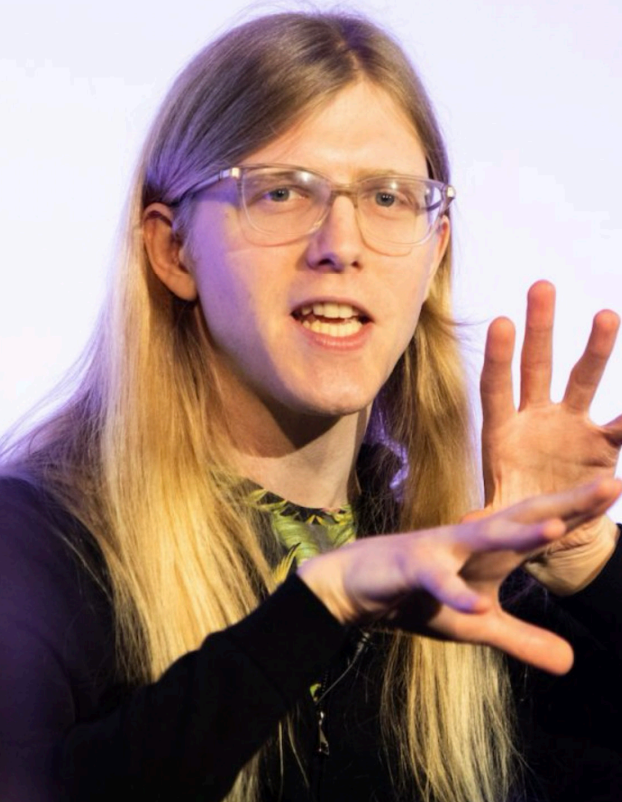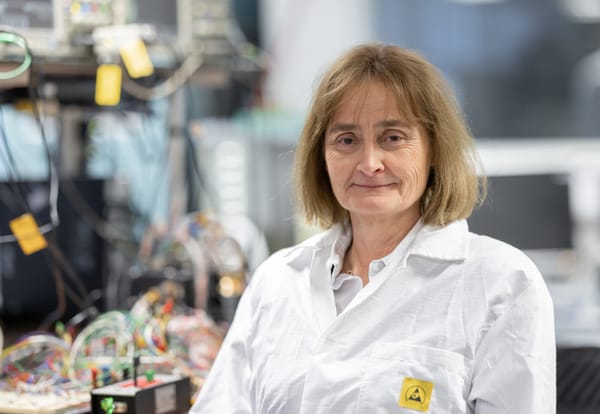Assessing the climate crisis with Dr Robin Lamboll
Felix talks with Imperial’s Dr Robin Lamboll to discuss our remaining carbon budget.

A recent study by Imperial’s Dr Robin Lamboll shocked the climate-science community and captivated the media, landing a spot on the front page of BBC News. This week, Felix sat down with Lamboll, Research Fellow at the Grantham Institute for Climate Change, to delve further into the details of the research.
A recap of the study
“The study looks at the remaining carbon, the amount we can emit before we exceed a certain temperature with a certain probability”, Lamboll explained. “The international community agreed that we should try to be below 1.5°C and well below 2°C. For 1.5°C, the remaining carbon budget is really very small, approximately equal to six years of current emissions, and now that’s nearly down to five years”.
Lamboll’s work made important adjustments to the method used in calculating the remaining carbon budget, which effectively shrank the Intergovernmental Panel on Climate Change’s prediction by half.
“The main part of that update was us now understanding that aerosols are cooling us slightly more than we thought.” Aerosols are tiny particles in the atmosphere, released by processes like combustion. “One effect is that they change how clouds form. You’ve got all this particulate matter in the air, and they form nucleation sites, so aerosols can be a form of seeding for clouds.” Clouds reduce the amount of sunlight reaching to the Earth’s surface by reflecting it. However, the reduction in use of fossil fuels means fewer aerosols are emitted, and therefore worsening the global climate.
Tackling the challenges of climate science
Lamboll’s study, published in Nature Climate Change, explored the uncertainties that overshadow climate science. “We have to use a collection of social models and try to include all of these different types of uncertainty, which are along very different axes. With the social uncertainty, the problem becomes that they’re not necessarily symmetric so there’s much more chance that you’re going to be hotter than the expected value. We use something called a generalized extreme value fitting.”
Another uncertainty arises when considering the timing of net zero. “You can get to net zero by several different routes. The sooner you start reducing emissions, the longer you have to get to net zero, but if you were going to do it linearly starting at the beginning of this year, which clearly we didn’t, you’d have 12 years to get there.” Despite this, Lamboll remains somewhat optimistic.
“It’s important to bear in mind that the climate can predispose you towards worse disasters, but humans almost always have opportunities to mitigate against that.”
Political and economic factors determine the world’s responses to climate research, as Lamboll elaborated: “Government plans for reaching net zero by 2050 exist. There are still some question marks over bits of it, but we probably won’t be very far off in this country. By contrast with the rest of the world, there are quite large fractions that have no net-zero plans for before 2060.
“The capacity to change obviously scales with the amount of money you have to bring about that change. We need to rely on international agreements.”
“One of the really big problems with movement in the climate [policy] space is that it requires consistent action over a long period to motivate those social changes and those technological changes that bring about a greener world, but politicians work on very short timescales and therefore find it very difficult to set up systems that are going to deliver over those long timescales”.
For 1.5°C, the remaining carbon budget is very small, approximately equal to six years of current emissions, and now that’s nearly down to five years.
What’s next?
When asked about his future research, Lamboll explained: “Some projects include looking at carbon debt, which is how much we have emitted in different countries relative to what our fair budget would be. Another project is trying to get absolute probabilities of climate impacts because we require those social and physics predictions”.








